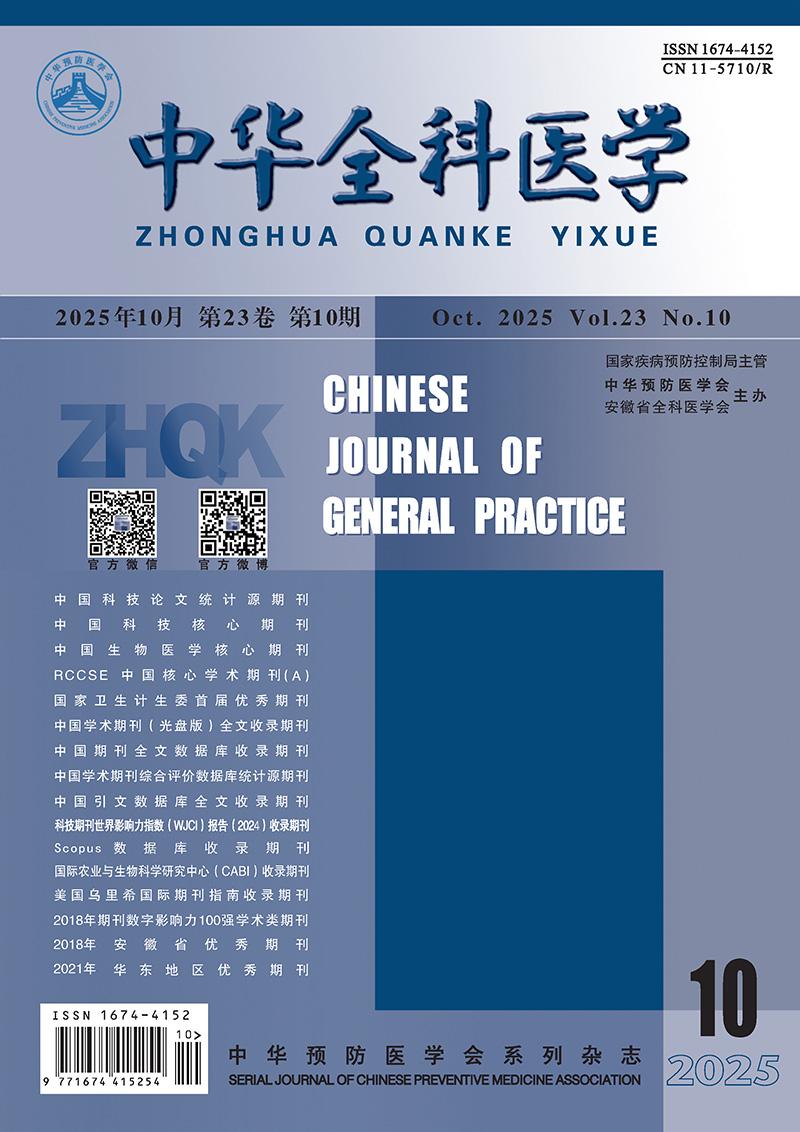Abstract:
Objective To explore the causes of death of the neonatal nearly 4 years hospitalized premature infants in the Anhui Provincial Hospital,ensure effective measures to reduce the mortality of premature infants. Methods Through the collection of Anhui Provincial Hospital from January 1, 2013 to December 31, 2016 of 98 neonatal death cases of preterm infants (male, female) sex, birth (birth, cesarean section), gestational age (<28 weeks, 28-31+6 weeks, 32-33+6 weeks, 34-36+6 weeks), birth weight (<1 000 g, 1 000-1 499 g, 1 500-1 999 g, 2 000-2 499 g, 2 500 g, etc.), the cause of death were retrospectively analyzed. Results ① nearly 4 years a total of 2 794 cases of hospitalized premature infants, 98 cases died, the total Mortality rate was 3.51% (98/2 794); the annual mortality rate in each year was 4.36% (in 2013, 25/573), 3.79% (in 2014, 24/633), 3.48%(in 2015, 23/660), 2.80% (in 2016, 26/928); the total number of preterm infants has increased, the mortality rate was decreasing the trend, but each year the mortality rate difference. ② the mortality rate of premature infants with different gestational age was statistically significant (P<0.05). There was a significant difference in mortality between different body weight (P<0.05). The smaller the gestational age, the lower the body weight and the higher the fatality rate. ③ the leading causes of death in preterm infants were lung hyaline membrane disease 27.55% (27/98), infectious diseases 20.41% (20/98), asphyxia 14.29% (14/98), congenital birth defects 11.22% (11/98), and pulmonary hemorrhage 9.18% (9/98). Conclusion The main causes of premature death in preterm infants with gestational age, body weight, and there is a close relationship between hyaline membrane disease, infectious disease, asphyxia, congenital birth defects, pulmonary hemorrhage and other complications; through strengthen prenatal screening and prevention of perinatal health care, improve the premature infant resuscitation rescue level, strengthen the management of respiratory tract infection and preterm infants in order to reduce the mortality of premature babies.


